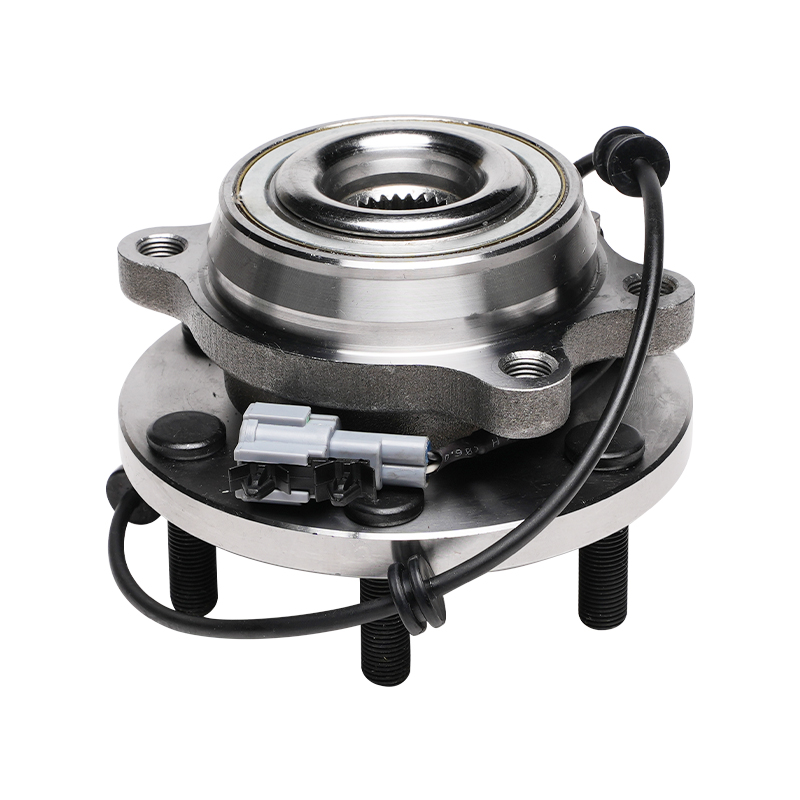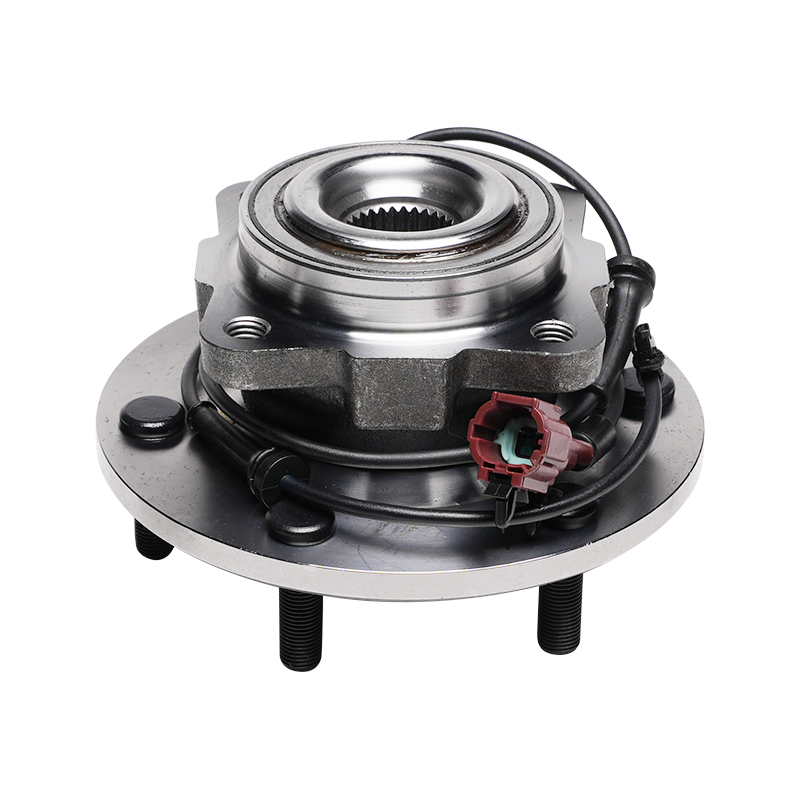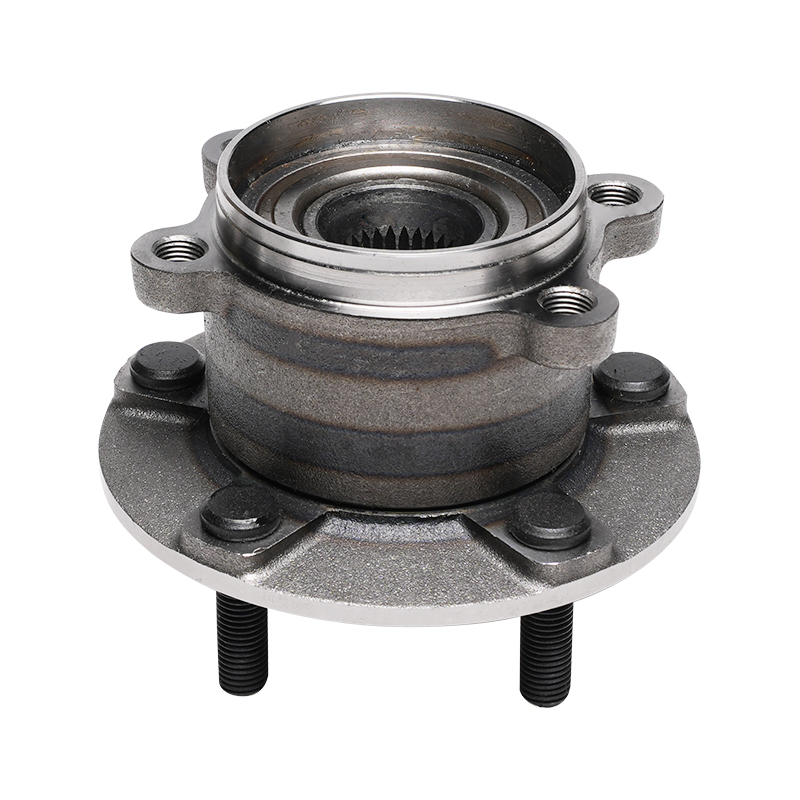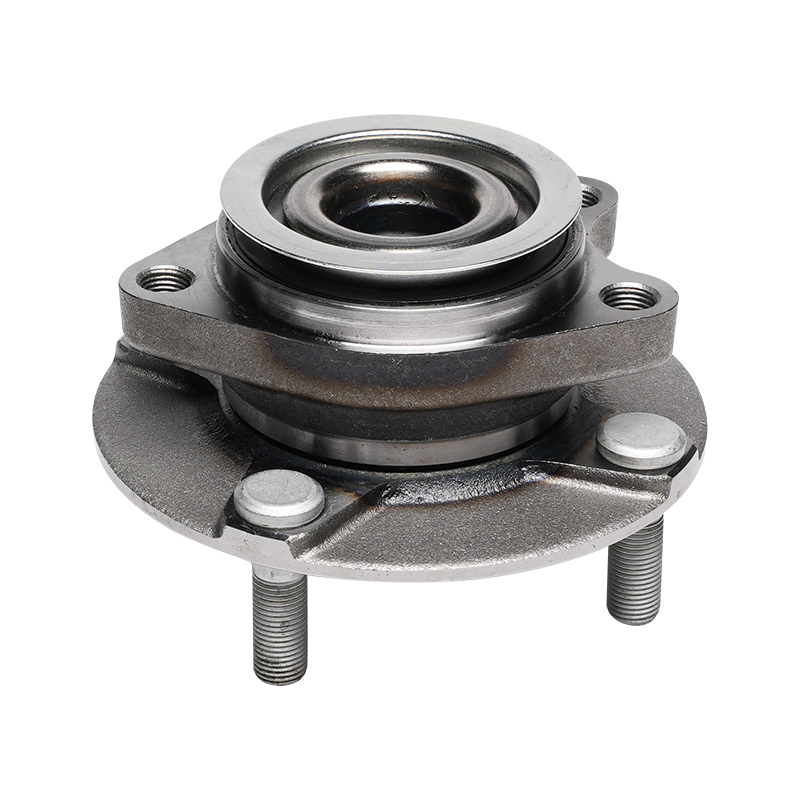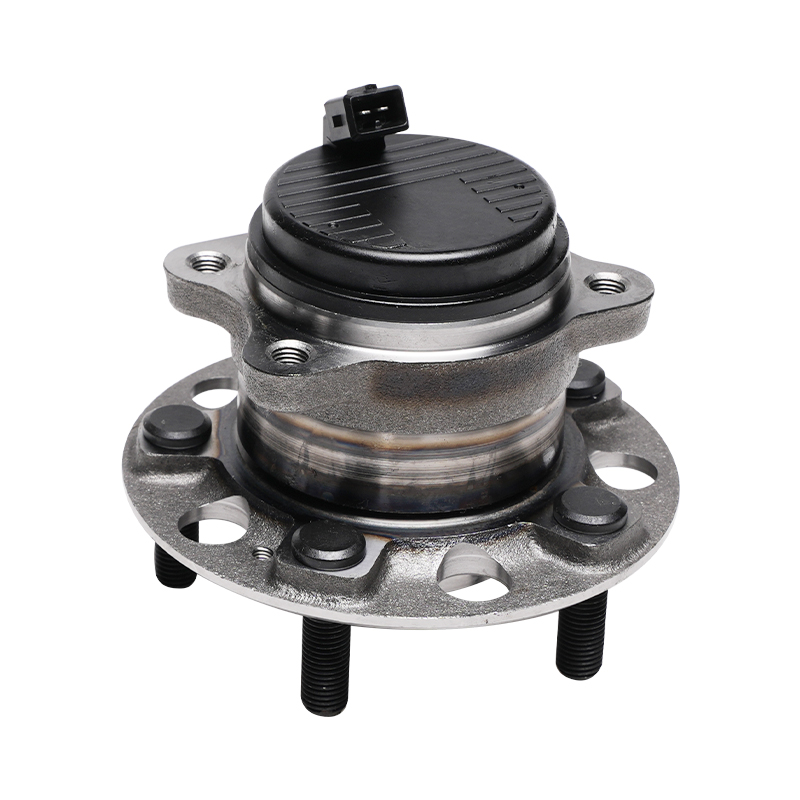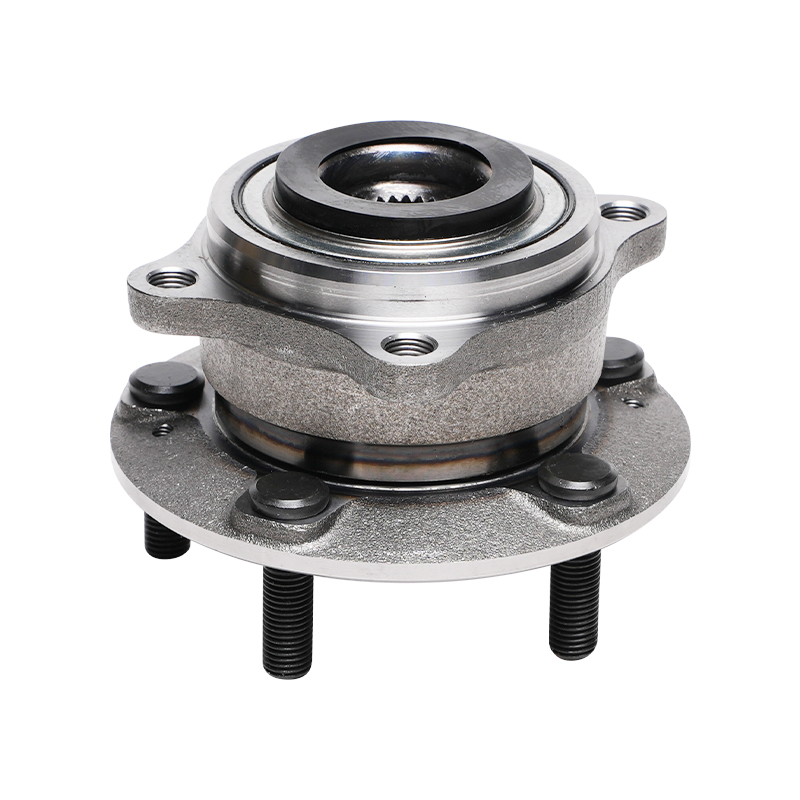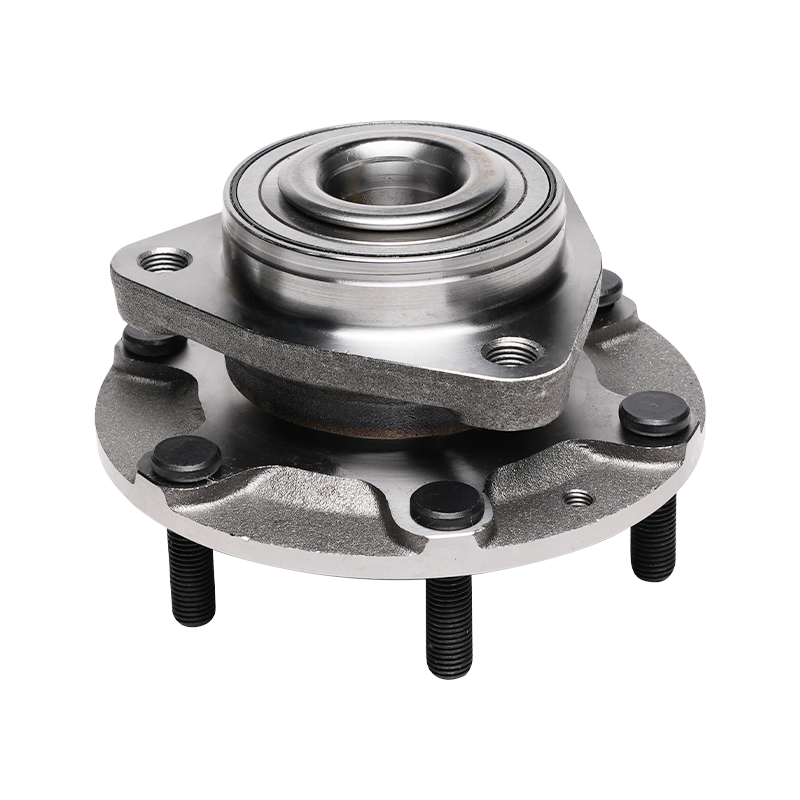Request for a call today
Wheel Hub Assemblies: The Cornerstone of Automotive Performance and Safety
 2025.04.15
2025.04.15
 Industry News
Industry News
In the intricate dance of automotive engineering, where every component must harmonize to deliver peak performance and unwavering safety, the Wheel hub assemblies emerges as a cornerstone. Often hidden beneath the glamour of sleek designs and powerful engines, these unassuming assemblies are the silent architects of a vehicle's stability, efficiency, and longevity.
A Wheel hub assemby is a marvel of precision engineering, comprising several integral components that work in unison to connect the wheel to the vehicle's chassis. At its core lies the hub, a robust structure that rotates in tandem with the wheel, supported by bearings that minimize friction and distribute loads evenly. Surrounding the hub is a sophisticated sealing system, designed to shield the bearings from contaminants such as water, dust, and debris, which could otherwise compromise performance and longevity. The assembly is anchored to the vehicle's suspension via a mounting base, ensuring a secure and stable connection.
While the primary function of a wheel hub assembly is to facilitate the rotation of the wheel, its role extends far beyond mere connectivity. These assemblies are tasked with:
Load Distribution: Wheel hub assemblies must endure substantial loads, including the vehicle's weight, passengers, and cargo. In a fully loaded commercial truck, for instance, each hub assembly may bear thousands of pounds, necessitating robust construction and precise engineering.
Vibration Damping: By ensuring smooth rotation and precise alignment, hub assemblies contribute to a comfortable ride, minimizing vibrations and enhancing driver and passenger satisfaction.
Safety Assurance: A well-maintained hub assembly is critical to vehicle safety, as it helps maintain proper wheel alignment and reduces the risk of component failure, which could lead to accidents or breakdowns.
The design of wheel hub assemblies reflects a commitment to durability, efficiency, and performance. Manufacturers employ advanced materials such as high-strength steel and lightweight aluminum alloys to optimize strength-to-weight ratios. The bearings, often crafted from precision-grade steel, are engineered to withstand extreme conditions, while the sealing systems incorporate cutting-edge materials to resist wear and tear.
To ensure reliability and safety, wheel hub assemblies undergo a battery of tests that simulate real-world conditions. One such test is the endurance test, where the assembly is subjected to millions of rotation cycles under load to assess its durability. Another critical test is the corrosion resistance test, which exposes the assembly to harsh chemicals and environmental conditions to evaluate its resilience.
Manufacturers also conduct immersion tests, submerging the assembly in water or corrosive fluids to verify the integrity of the sealing system. These tests are complemented by thermal shock tests, where the assembly is rapidly cycled between extreme temperatures to simulate thermal stress. Together, these protocols ensure that only the most robust and reliable hub assemblies reach the market.

